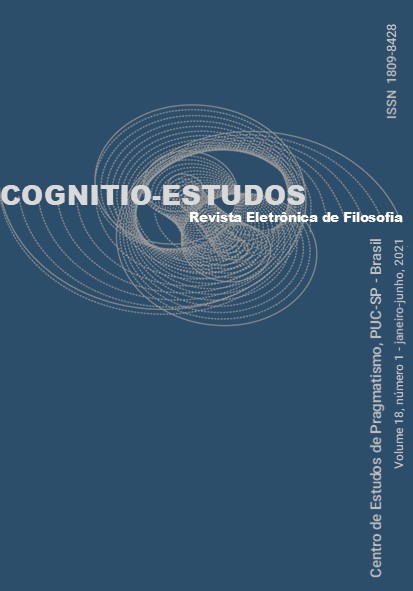Cultural antropophagy today: a semiotic approach to Oswald de Andrade’s theory of culture
DOI:
https://doi.org/10.23925/1809-8428.2021v18i1p1-14Keywords:
Anthropophagy. Culture. Decolonization. History of semiotics. Modernism.Abstract
Close to the centenary of the Modern Art Week, this paper explores the scenario where sign studies in Brazil found its première. It pays attention to relations of some of these pioneers in semiotics with communities not solely of scholars, but also of vanguard artists, critics and other members of the intelligentsia. Oswald de Andrade reclaims some semiotic features of Tupinambás’s martial rituals to develop the notion of Cultural Antropophagy (C. A.). Supported by the methodological framework of C. S. Peirce and elements from semiotics of culture, this study explores the dialogic situation between the national “spirit” [Volkgeist] and the foreign cultures. According to B. Schnaiderman (1979), the development of semiotic studies in Russia do not as expected begins from division of other scientific programs, but from artistic vanguards and literary movements. Peirce (1931-58) in his writings about Philosophy of Science stressed many times about the social character of scientific activity. Probably endorsed by an evolutionary and semiotic criteria Peirce already had pointed out that science can flourish from other kind of cultural phenomena. Indeed, the analysis focuses Andrade’s Modernist ideas as contributions to awake a kind of “semiotic consciousness” in Brazil. I will argue that the developed idea of C. A. not just worked as the poetic motto of Brazilian Modernists but also as a key concept to an original metacultural theory and a strong factor to the development of sign studies at universities in the State of São Paulo.Downloads
Published
2021-06-28
How to Cite
Baiardi, D. C. (2021). Cultural antropophagy today: a semiotic approach to Oswald de Andrade’s theory of culture. Cognitio-Estudos: Revista eletrônica De Filosofia, 18(1), 1–14. https://doi.org/10.23925/1809-8428.2021v18i1p1-14
Issue
Section
Artigos

